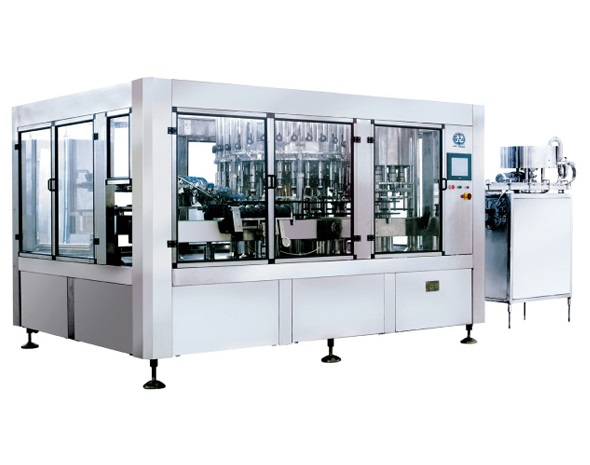产品分类
- RO water treatment equipment
- Fruit and vegetable cleaning equipment
- To nuclear, crushing equipment
- Preheat, inactivate enzyme equipment
- Beating and pressing equipment
- Beverage pre-processing and blending equipment
- CIP cleaning system
- UHT tube sterilization equipment, plate sterilization
- Empty tank decanting, solid tank stacker
- Filling and sealing machine (without gas)
- Beer can filling and sealing machine
- Thick sauce filling and sealing machine series
- Automatic PET filling and capping machine
- PE filling machine, aluminum foil sealing machine
- Glass bottle filling and capping machine
- Liquid nitrogen filling machine, liquid nitrogen freezing tunnel
- Vacuum inspection, liquid level inspection equipment
- Sterilization pot, tunnel spray sterilization
- (granular) solid canister series
- High speed blow dryer, can oiling machine
- Automatic basket loading and unloading basket machine series
- Marking machine, labeling machine, labeling machine
- Packing machine, heat shrink film machine
- other devices






